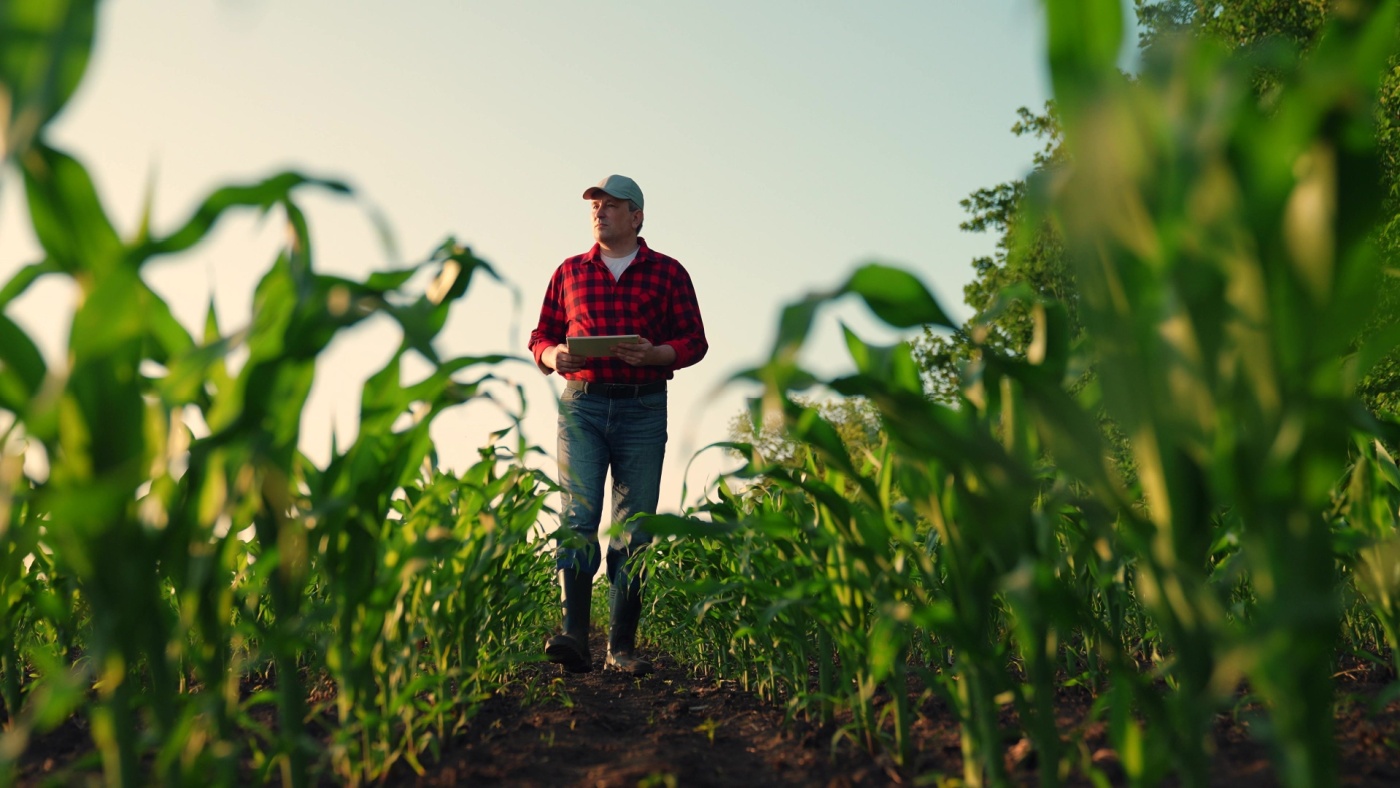A unique August report from USDA chief economist Seth Meyer says what made this month’s crop production report significant is the addition of data sets previously submitted later in the year.
“It’s a bigger month than it has been historically, and part of this is the move by NASS to introduce the FSA acreage earlier into the production estimates. Used to be October before that FSA data were complete and to the point where they could use them reliably in estimating production. Improvements to the FSA data have pulled that forward September last year and now August this year.”
Combine that with the first yield estimates of this year’s summer crops, and there were some notable numbers, for instance…
“Corn still not the highest production number, the third highest production number, despite the fact that yields jumped 2.1 bushel an acre from what’s our weather adjusted yield.”
Soybean production is forecasted record high at nearly 4.6 billion bushels yield by both increased planted area and expected record yields.
“Interestingly, also lost nearly a million acres of wheat when it comes to winter wheat down, a little over 300,000 acres are spring wheat areas, both durum and other springs down more than 600,000 acres.”
And cotton production is expected up 25% year over year. Myers says, just as interesting as the USDA production forecast with the new data sets included, is how trade projections compared and how markets reacted, using corn as an example.
“NASS estimated corn production at 15 point, 1 billion bushels. That’s right in the middle of the trade estimate. What did the trade base that upon? Did they do well on yield and area estimates? Because they lost over 700,000 acres of corn-planted area from the June acreage report to this estimate. With that, we see corn futures up a little over six cents. (As for cotton) below trade expectations, and not by a little bit by probably below the bottom end of RAID range, by 700,000 bushels, and part of that coming up from a loss of cotton area of more than half A million acres. So a half a million acres less cotton area than suggested in the June acreage report based upon FSA data and yields, not much changed.”


